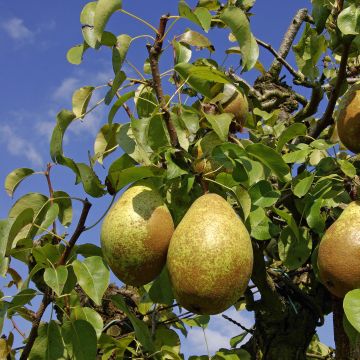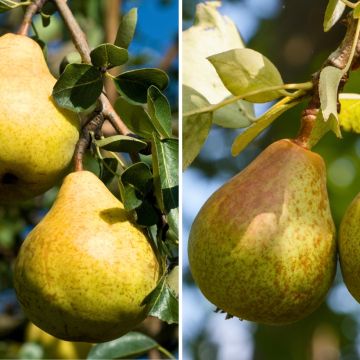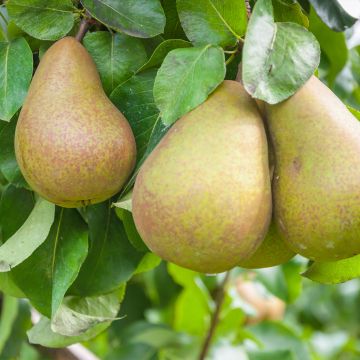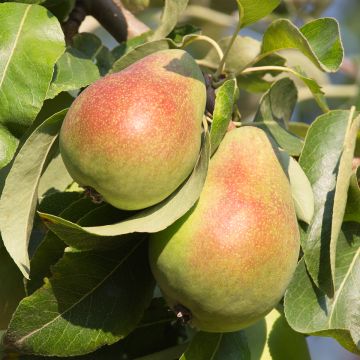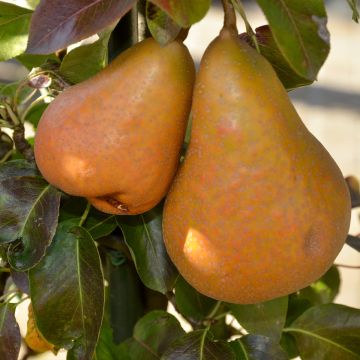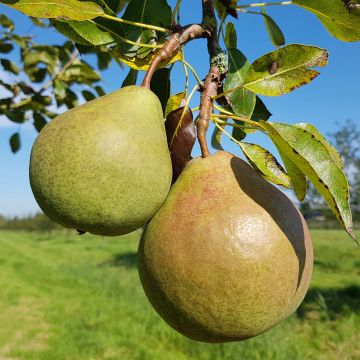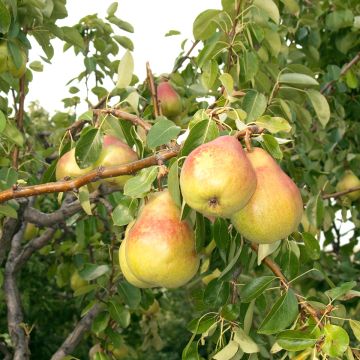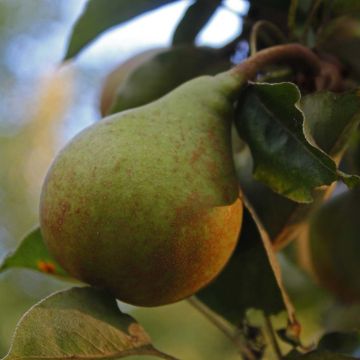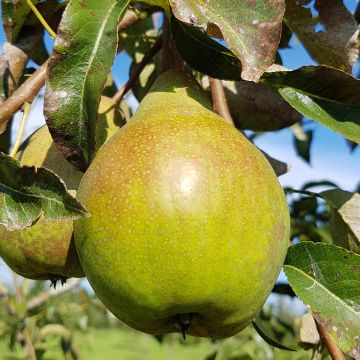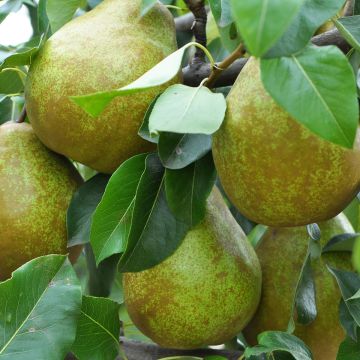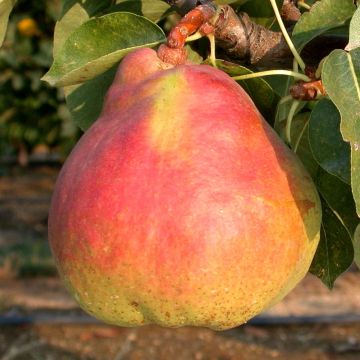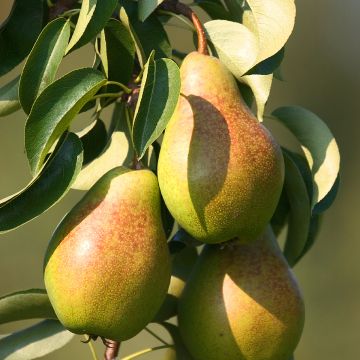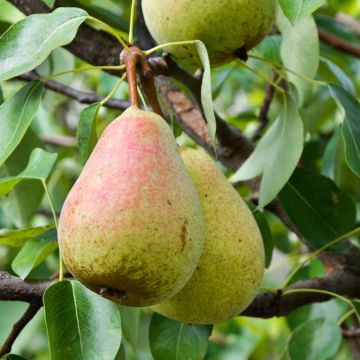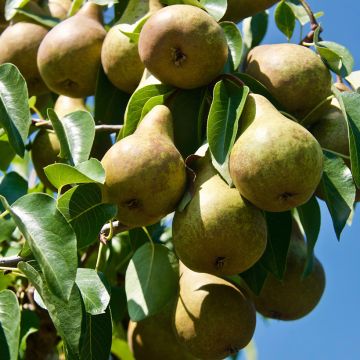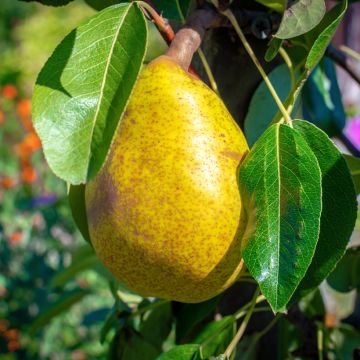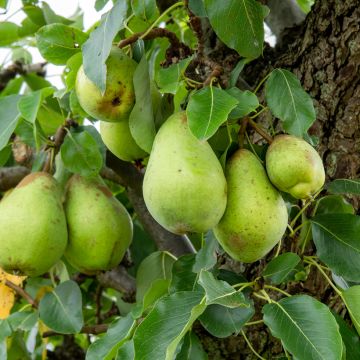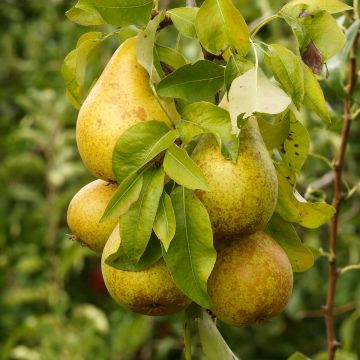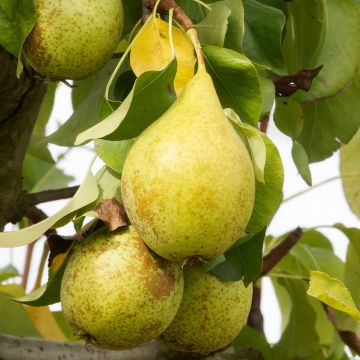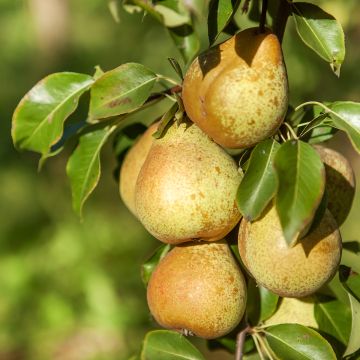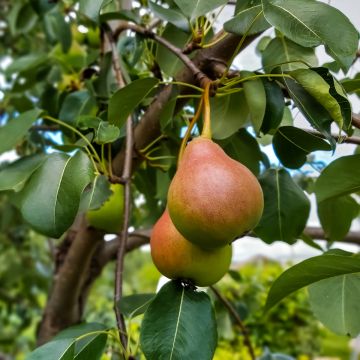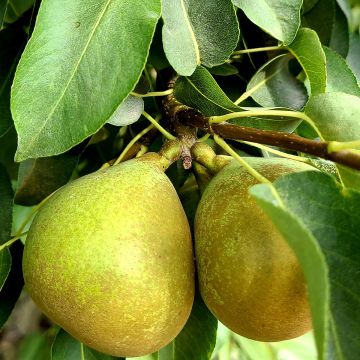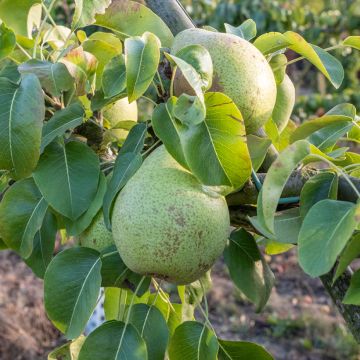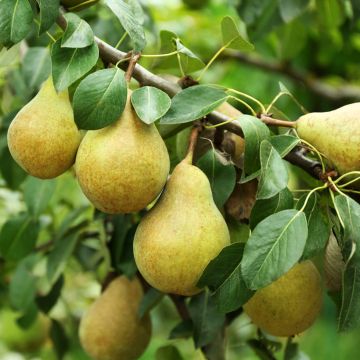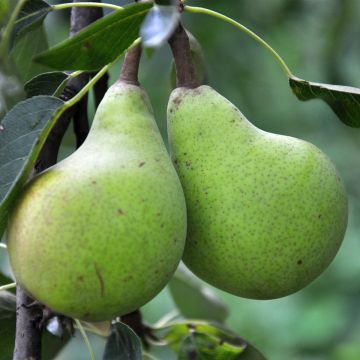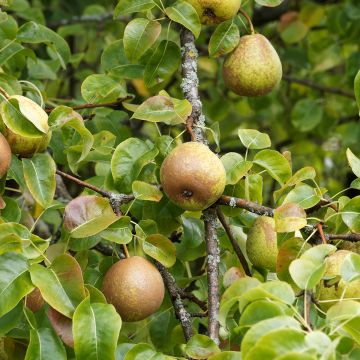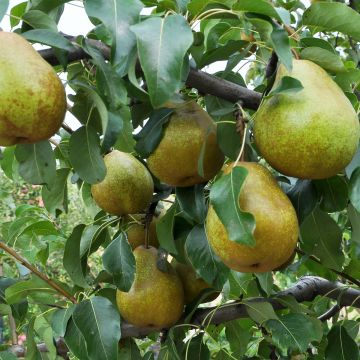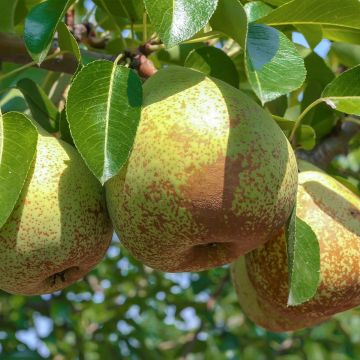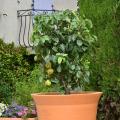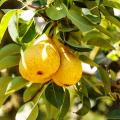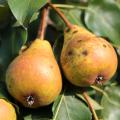Ancient Pear Trees
Does this plant fit my garden? Set up your Plantfit profile →
Available in 7 sizes
Available in 1 sizes
Available in 5 sizes
Available in 3 sizes
Available in 4 sizes
Available in 3 sizes
Available in 4 sizes
Available in 3 sizes
Available in 5 sizes
Available in 4 sizes
Available in 2 sizes
Available in 1 sizes
Available in 1 sizes
Available in 1 sizes
Available in 1 sizes
Available in 1 sizes
Available in 1 sizes
Available in 1 sizes
Available in 1 sizes
Available in 1 sizes
Available in 1 sizes
Available in 1 sizes
Available in 1 sizes
Available in 1 sizes
Available in 2 sizes
Available in 2 sizes
Available in 1 sizes
Our range of old pear trees. These ancient, heritage varieties, hardy and tasty, are the legacy of a long fruit and gastronomic history. Unlike the 'William's Bon Chretien', they are hardly found anymore on stalls. The 'Beurré Hardy' Pear Tree, obtained in 1820, is one of the most popular, with its large fruits with fine, melting flesh, very fragrant. Later ripening, the 'Doyenné du Comice' Pear Tree produces pears with melting, sweet, and slightly spicy flesh.
We can also mention the 'Comtesse de Paris' Pear Tree dating back to 1882. Not very susceptible to diseases and very fertile, it is always interesting to start or complete an orchard. The 'Saint-Mathieu' Pear Tree, a rare variety dating back to the 17th century, is also a gem of the land, known for its hardiness and fruits with rough skin but juicy and fragrant flesh. Another ancestral gem, the 'St. John's Pear', dating back to the Middle Ages, is one of the first to ripen in the year. This small fruit with crunchy, slightly acidic flesh is perfect to bite into by the end of June.
These old pear trees are trees of the land, particularly well suited to their original region. They thrive in deep, fresh, and well-drained soil. They need a sunny exposure for optimal fruiting. Annual pruning is recommended to ensure good ventilation and promote fruiting.
For more information, also check out our complete guide "Pear Tree: planting, pruning, and maintenance"
Haven't found what you were looking for?

































